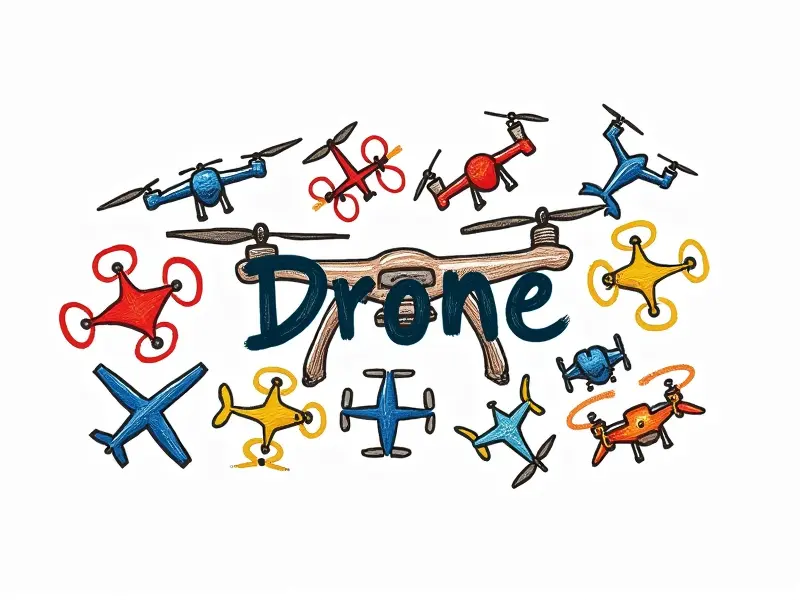How high can a drone go?

Drones have become increasingly popular for both recreational and commercial use, but one of the most frequently asked questions is how high they can fly. This article delves into various aspects of drone altitude limits, from regulatory constraints to technical capabilities.
Drone Altitude Limits Explained
The maximum height a drone can reach depends on several factors including its design, battery capacity, and the regulations in place. Understanding these limitations is crucial for safe and effective operation.
Max Height of RC Drones Revealed
- Battery Capacity: The energy stored in a drone's battery limits how high it can fly due to power consumption.
- Air Pressure: As altitude increases, air pressure decreases, affecting the drone’s ability to maintain lift and stability.
- Propeller Efficiency: The efficiency of propellers diminishes at higher altitudes, impacting flight performance.
How High Can FPV Racing Drones Fly?
FPV (First Person View) racing drones are designed for speed and agility rather than altitude. Typically, these drones can reach heights up to 100 meters due to their lightweight construction and focus on maneuverability.
Quadcopter Flight Ceiling Demystified
Quadcopters, like many other multirotor drones, have a flight ceiling that varies based on the model. For instance, high-end models can achieve altitudes of 400-500 meters, while entry-level quadcopters may only reach up to 100 meters.
RC Helicopter Maximum Altitude Guide
Remote-controlled helicopters have different altitude capabilities compared to multirotor drones. They can often fly higher due to their design and propulsion systems, reaching altitudes of around 500-700 meters under optimal conditions.
Airplane Drone Altitude Capabilities
Airplane-style drones are designed for long-range flights and can achieve much greater heights than multirotor drones. Some models can reach up to several thousand feet, making them suitable for aerial photography and surveying applications.
Regulations on Drone Flying Height
The Federal Aviation Administration (FAA) in the United States sets strict regulations regarding drone flight altitudes. Generally, drones must not exceed 400 feet above ground level unless they are flying over sparsely populated areas or have a waiver from the FAA.
Factors Affecting Drone Max Altitude
- Battery Life: The drone's battery capacity directly influences its flight duration and maximum altitude.
- Air Density: Changes in air density at higher altitudes affect the drone’s lift capabilities.
- Weather Conditions: Wind speed, temperature, and humidity can impact a drone's performance and stability.
Top Drone Models & Their Heights
Several top-tier drones have impressive altitude capabilities. For example:
- DJI Mavic 2 Pro: Can reach up to 500 meters in optimal conditions.
- Hubsan X4 H107D: Achieves a maximum height of around 100 meters.
Skyward Bound: Drone Height Cap
The sky is not the limit for drones, but regulatory and technical constraints certainly are. Understanding these limitations helps drone operators make informed decisions about their equipment and flight plans.
Breaking the Sky Barrier with Drones
Innovations in drone technology continue to push boundaries, allowing for higher altitudes and longer flights. As regulations evolve, we can expect drones to reach even greater heights in the future.
Conclusion
The question of how high a drone can fly is multifaceted, influenced by technical capabilities, regulatory requirements, and environmental factors. By understanding these elements, operators can maximize their drone's potential while ensuring safe and compliant operation.

